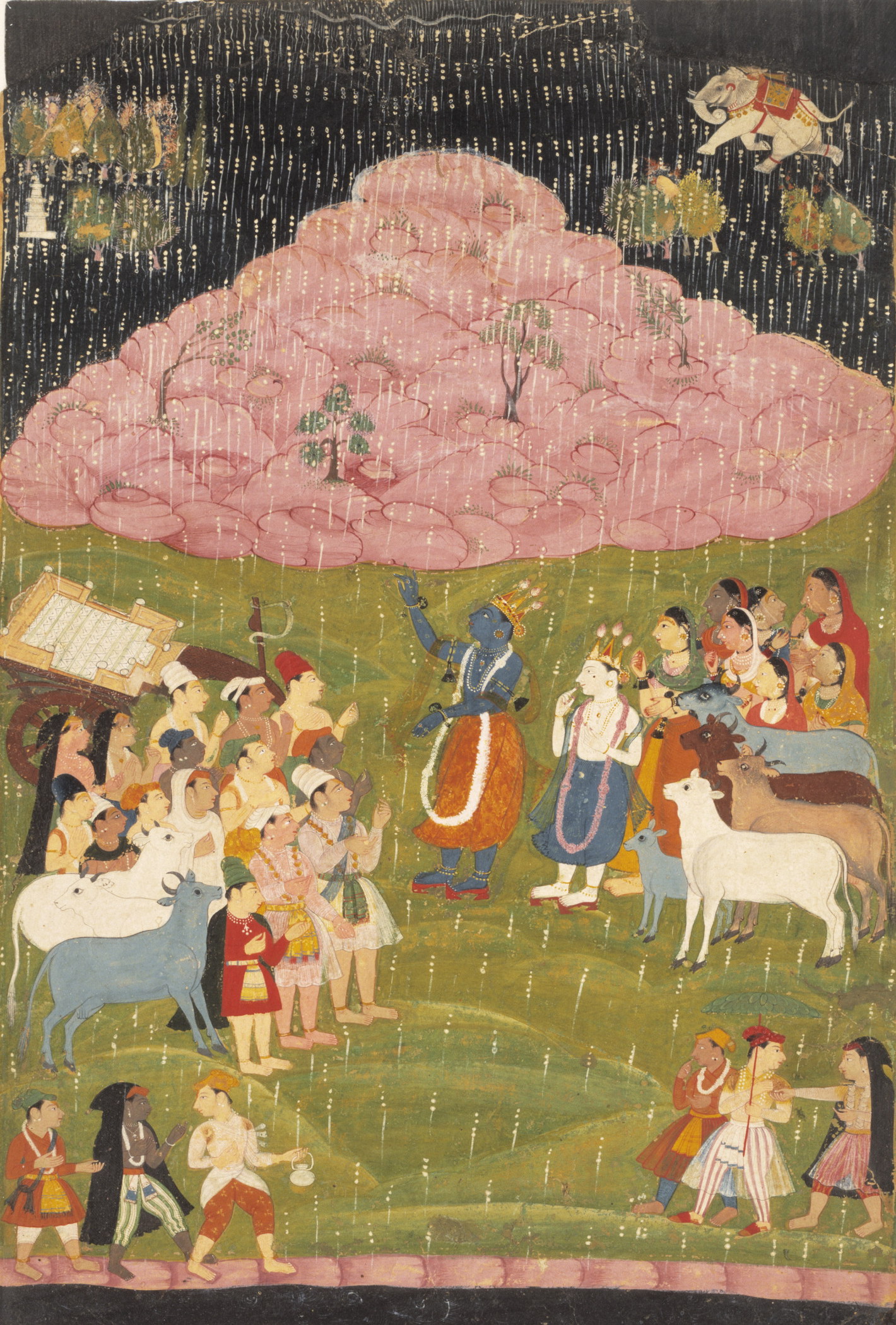 |
| The plantation in Tamil Nadu (India) |
What could it happen if the farmers of Greater Noida in India peacefully invaded the Formula 1 circuit constructed on the outskirts of New Delhi. What could it happen if the first Grand Prix of Formula 1 in India, scheduled for next Sunday, could not play because a multitude of angry farmers without violence and peacefully went beyond the security cordons of the thousands of police officers called to defend the 'circus'.
I wish someone shout out loud that there is a different way to spend the money and that there is a model of development that India already has at home and that is the only hope to avoid the risk of being colonized by the West. Risk that there is much more now than it was during the British rule.
Yes, I would really like that - Gandhian-style - without violence and silently these dispossessed farmers for a few rupees present themselves to the gates of the circuit and did you beat up a lathi blows from policemen.
Some numbers.
The Buddh International Circuit (yes, they have just named in honor of Buddha!) was built by the Jaypee Group on a plot of approximately 2500 acres (more than a thousand hectares).
The circuit was built about 40 km from New Delhi and is part of the Jaypee Sports City which, in addition to the track, can boast a cricket stadium, a field hockey, golf course to eighteen holes and a sports school .
The circuit can accommodate about 120,000 spectators and tickets range from 2,500 (about 36 euros) to 35,000 rupees (500 euros).
During the Grand Prix will consume 15,000 liters of fuel.
The total funding amounted to 1,960 crore rupees (about 300 million euros), the land was expropriated and 'paid' to over a thousand family farmers 800 rupees (about 12 euros) per square meter. The farmers claim that was improperly applied the law of 1894, the Land Acquisition Act, to carry out the expropriations and even the Indian Supreme Court has challenged the organizers to have illegally benefited from tax exemptions and attachment orders, asking for explanations on 25% of the proceeds of 'event.
The land provided three crops a year and represented the only source of livelihood for these farmers. In addition, the entire work has closed one of the main roads in the area forcing the children of the village of Atta Gujran to walk more than nine miles to reach their school as the crow flies is no more than a kilometer.
Of course, the multimillionaires of Jaypee Group and politicians argue that the whole operation has brought foreign capital in India, gave work and is an engine for development.
The farmers have not noticed it.
I wish someone shout out loud that there is a different way to spend the money and that there is a model of development that India already has at home and that is the only hope to avoid the risk of being colonized by the West. Risk that there is much more now than it was during the British rule.
Yes, I would really like that - Gandhian-style - without violence and silently these dispossessed farmers for a few rupees present themselves to the gates of the circuit and did you beat up a lathi blows from policemen.
Some numbers.
The Buddh International Circuit (yes, they have just named in honor of Buddha!) was built by the Jaypee Group on a plot of approximately 2500 acres (more than a thousand hectares).
The circuit was built about 40 km from New Delhi and is part of the Jaypee Sports City which, in addition to the track, can boast a cricket stadium, a field hockey, golf course to eighteen holes and a sports school .
The circuit can accommodate about 120,000 spectators and tickets range from 2,500 (about 36 euros) to 35,000 rupees (500 euros).
During the Grand Prix will consume 15,000 liters of fuel.
The total funding amounted to 1,960 crore rupees (about 300 million euros), the land was expropriated and 'paid' to over a thousand family farmers 800 rupees (about 12 euros) per square meter. The farmers claim that was improperly applied the law of 1894, the Land Acquisition Act, to carry out the expropriations and even the Indian Supreme Court has challenged the organizers to have illegally benefited from tax exemptions and attachment orders, asking for explanations on 25% of the proceeds of 'event.
The land provided three crops a year and represented the only source of livelihood for these farmers. In addition, the entire work has closed one of the main roads in the area forcing the children of the village of Atta Gujran to walk more than nine miles to reach their school as the crow flies is no more than a kilometer.
Of course, the multimillionaires of Jaypee Group and politicians argue that the whole operation has brought foreign capital in India, gave work and is an engine for development.
The farmers have not noticed it.









